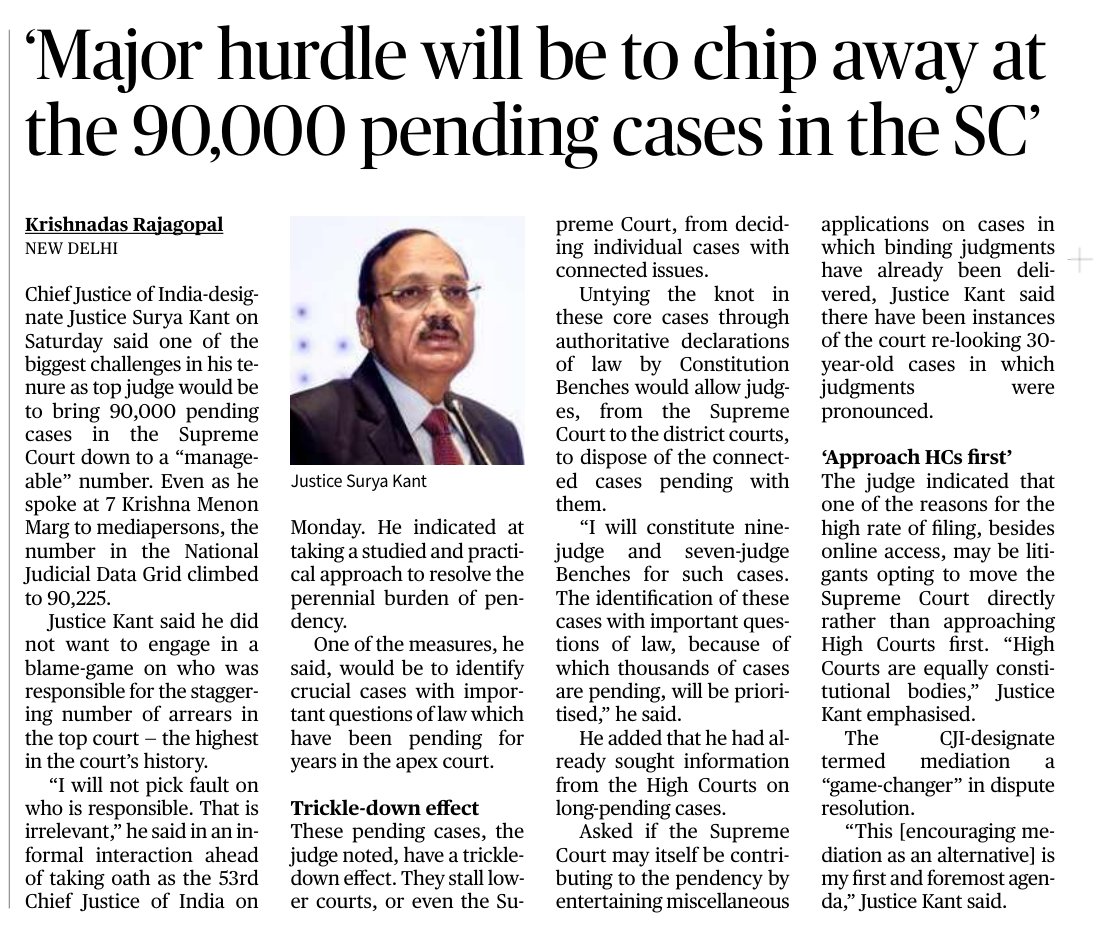V.R. Nevaskar, J.
The only question involved in this second appeal is as regards the propriety of recovering the Conservancy Tax in respect of certain buildings which are included in the same municipal number along with the main building. The Conservancy Tax is sought to be recovered in pursuance of a Rule made u/s 21 (ix) of the Indore Municipal Act.
In order to appreciate the exact meaning and significance of this rule as applicable to the circumstances of the present case a brief mention of the facts would be necessary.
Plaintiff owns property bearing Municipal No. 21 in Tukoganj area, Indore. This property consists of one main building; besides it there is a building which was initially constructed as stables but was occupied at the material time in the years 1947-48, 1949-50 and 1950-51 by tenants presumably after the same was converted into apartments suitable for human habitation. The second is an out-house which too has been tenanted. The Plaintiff came to Court with an allegation that inasmuch as there is only one property bearing Municipal No. 21 only one set of tax could be recovered in spite of the fact that the property consists of three buildings. The properties should be construed as one for the purpose of rule (a), with regard to the Conservancy Tax, of the Rules made u/s 21 (ix) of the Indore Municipal Act.
This was opposed on behalf of the Municipal Corporation. It was contended on its behalf that each one of the three buildings at the material time was a house within the meaning of the Rule and tax with respect to each of them would be recoverable. Question was also raised that for the year 1947-48 the demand of tax was excessive by Rs. 24. That contention of the Plaintiff prevailed and that question is no longer in dispute in this Court.
Both the Courts below on the question now under consideration held that each one of the three buildings in spite of the fact that they bore one municipal number was separately liable for Conservancy Tax under the Rule aforesaid and dismissed the Plaintiff''s claim for injunction in that respect.
In this second appeal Mr. Pande for the Plaintiff contended that the Courts below have erroneously construed the word ''house'' as used in the rule aforesaid. The word used in this provision, according to the Learned Counsel, would include an out-house and a stable too and when the tax is imposed upon a house no tax should have been imposed upon the stable and out-house attached to it. He conceded that on the facts it was found that both the stable and the out-house had been given on lease to the tenants and were used for human habitation but according to the Learned Counsel this circumstance was not material for the purpose of construing a tax rule.
In order to appreciate the contention of the Learned Counsel it is necessary in the first instance to set out the rule in question. That rule is:-
A Conservancy Tax of rupees two per mensem shall be levied on all houses and buildings in Tukoganj excluding Yeshwant Niwas Palace and the State houses not occupied by State Officers.
It is clear from the wording of this rule that Conservancy Tax at the rate of Rs. 2 per mensem has to be levied on all the houses and bungalows in Tukoganj and the only question is whether the buildings in question are houses. The word ''House'' according to the Webster''s dictionary means ''a structure intended to be used for human habitation''. The dictionary gives other meanings also but having regard to the purpose for which the tax is imposed the meaning given above, in my opinion, would be appropriate. With that meaning the question reduces itself to one of fact whether a particular building is a ''house'' or not depending upon circumstances. In the present case it is not disputed that both the buildings in question namely the one which had initially been constructed as stable and the other as out-house were being used for human habitation. It therefore follows that each of them will, under the circumstances, be a ''house''. It is not necessary for our present purpose to consider what would be the effect if the stable had been used as stable or the out-house had been left unoccupied except on certain occasions. The buildings were admittedly, being used permanently as dwelling houses and in that event the Municipal authorities were justified in levying a recovering tax on them on the ground that they are bouses. The rule clearly speaks of all the houses within a certain area and since I hold that the impugned buildings are houses within the meaning of the term as used in the rule the imposition of tax was proper. The Plaintiff''s suit for permanent injunction restraining the Municipal- authorities from levying and recovering the tax in question has rightly been dismissed.
The appeal has no force. It is dismissed with coats.

